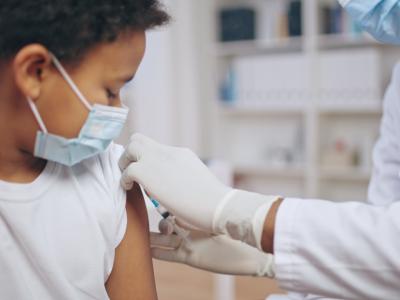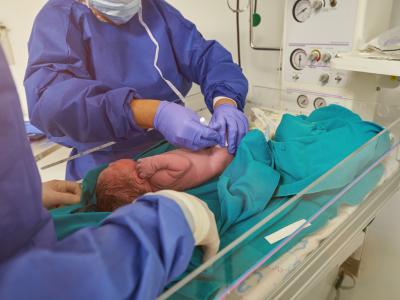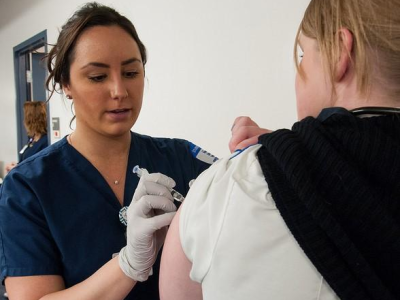Of more than 12,000 adults in the Netherlands who were reluctant or unwilling to be vaccinated against COVID-19 when vaccines were first rolled out, 86% and 34% were either vaccinated or said they would be, according to a study in BMC Public Health.
An Utrecht University-led research team analyzed data from a study by the Dutch National Institute for Public Health and the Environment, conducted from April 2020 to September 2022 to track behavior and perceptions during the pandemic.

That study recruited a non–nationally representative cohort from existing panels or through social media and surveyed them multiple times over 19 months. Most participants were women (74%), highly educated (53%), and healthy (77%).
Analyses were stratified into two phases: the active campaign phase early in vaccine availability and the residual phase, when everyone was eligible.
Vaccine beliefs not static
Among 12,512 participants who were initially hesitant (8,658) or unwilling (3,854) to receive a COVID-19 vaccine, 86% and 34% said they either were vaccinated or intended to be.
Finding that, for a novel vaccine, vaccination preferences are not static and switches in vaccination preferences are associated with individual, social, and contextual factors, has implications for research and practice.
In phase 1, relative to adults aged 70 years and older, those aged 40 to 54 had 24% lower odds of switching to vaccination in phase 1 (adjusted hazard ratio [aHR], 0.76). Those with a medical condition had a 10% higher chance of switching than healthy participants (aHR, 1.10). But in phase 2, relative to participants aged 70 years and older, those aged 40 to 54 were 44% more likely to get vaccinated (aHR, 1.44).
Participants in both phases were more likely to change their minds if they believed the vaccines were effective (phase 1 aHR, 1.76; phase 2 aHR, 1.65), thought vaccination was the norm (phase 1 aHR, 1.30; phase 2 aHR, 1.19), or became eligible during stricter lockdowns (phase 1 aHR, 1.26; phase 2 aHR, 1.09).
"Finding that, for a novel vaccine, vaccination preferences are not static and switches in vaccination preferences are associated with individual, social, and contextual factors, has implications for research and practice," the authors wrote.
%20(1).jpg)











